Table of content
Introduction
Glutinous rice balls, also known as tangyuan in Chinese, are a traditional sweet delicacy enjoyed during festivals and special occasions, particularly during the Chinese New Year. These soft, chewy dumplings filled with various sweetened ingredients like red bean paste, sesame, or even chocolate, bring a warm and comforting feeling to the table. However, preparing glutinous rice balls can sometimes lead to making more than what can be consumed immediately, which raises the question: how do you store cooked glutinous rice balls to ensure they retain their texture and flavor?
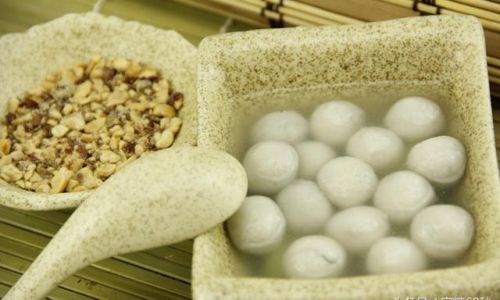
In this comprehensive guide, we will explore various methods for storing cooked glutinous rice balls, focusing on maintaining their freshness, texture, and taste. From refrigerating to freezing, we will cover all the essential steps and tips to help you enjoy your glutinous rice balls even after they have been cooked.
Understanding the Nature of Cooked Glutinous Rice Balls
Before diving into storage methods, it’s crucial to understand the unique properties of cooked glutinous rice balls. Made primarily from glutinous rice flour, these dumplings are known for their sticky, chewy texture when cooked. This characteristic is due to the high amylopectin content in glutinous rice flour, which gives the dough its elasticity and stickiness.
When cooked, glutinous rice balls should be handled with care to avoid sticking together or to surfaces. They are also susceptible to drying out, which can make them hard and less enjoyable. Therefore, proper storage is essential to preserve their soft, chewy texture and sweet flavor.
Immediate Consumption
If you plan to consume the cooked glutinous rice balls immediately after preparation, there’s no need for special storage. Simply serve them hot or at room temperature, depending on your preference. Enjoy them with a cup of tea or as a dessert after a meal. However, if you have leftovers or plan to save them for later, read on for the best storage practices.
Refrigeration
Refrigeration is a suitable option for short-term storage of cooked glutinous rice balls. Here’s how to do it properly:
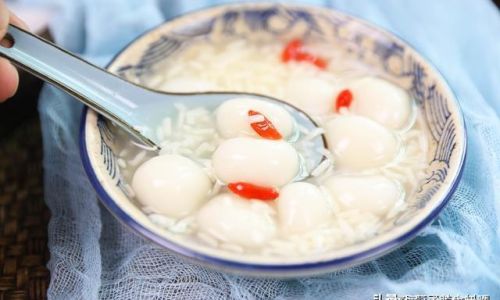
Preparation for Refrigeration
- Cool Down: After cooking, allow the glutinous rice balls to cool to room temperature. This prevents condensation inside the refrigerator, which can make them soggy.
- Separate: Place each glutinous rice ball individually on a tray lined with parchment paper or a silicone mat. This prevents them from sticking together.
- Cover: Once they are cool, you can transfer them to an airtight container. Make sure there’s no extra space where they can stick to each other or the container.
Storage Tips
- Label: Always label the container with the date to keep track of how long they have been stored.
- Avoid Stacking: If possible, avoid stacking the glutinous rice balls too closely in the container, as this can cause them to stick together.
- Use Within: For best quality, consume refrigerated glutinous rice balls within 2-3 days.
Reheating Refrigerated Glutinous Rice Balls
When you’re ready to eat the refrigerated glutinous rice balls, here’s how to reheat them:
- Microwave: Place a few glutinous rice balls on a microwave-safe plate and heat for about 30-60 seconds, depending on your microwave’s power. Stir halfway through to ensure even heating.
- Stovetop: Alternatively, you can place them in a single layer in a lightly oiled skillet over medium heat. Cook for a few minutes on each side until heated through.
- Steam: Using a steamer basket, steam the glutinous rice balls for about 5-7 minutes until they are warm and soft.
Freezing
For longer-term storage, freezing is the best option. Here’s a step-by-step guide to freezing cooked glutinous rice balls:
Preparation for Freezing
- Cool Down: As with refrigeration, allow the cooked glutinous rice balls to cool to room temperature.
- Flash Freeze: To prevent sticking, place the cooled glutinous rice balls on a baking sheet lined with parchment paper or a silicone mat. Put the sheet in the freezer for about 1-2 hours until they are partially frozen. This step is crucial as it helps to keep them separate when stored in a container.
- Transfer: Once partially frozen, transfer the glutinous rice balls to an airtight freezer-safe container or freezer bag. Make sure to remove as much air as possible from the bag to prevent freezer burn.
Storage Tips
- Label: Again, label the container or bag with the date for future reference.
- Layering: If using a container, you can place a piece of parchment paper between layers of glutinous rice balls to prevent sticking.
- Use Within: Frozen glutinous rice balls can be stored for up to 3 months.
Reheating Frozen Glutinous Rice Balls
Reheating frozen glutinous rice balls requires a bit more care to ensure they retain their texture:
- Thawing: Ideally, thaw the glutinous rice balls in the refrigerator overnight. This gradual thawing process helps maintain their texture.
- Microwave: If you need to reheat them quickly, place a few frozen glutinous rice balls on a microwave-safe plate and heat for about 1-2 minutes, stirring halfway through. Be cautious of overcooking, as microwaves can heat unevenly.
- Stovetop or Oven: For a more even heat distribution, you can thaw the glutinous rice balls slightly and then cook them in a lightly oiled skillet over medium heat or bake them in a preheated oven at 350°F (175°C) for about 10-15 minutes, turning once.
- Steam: Steam the thawed glutinous rice balls for about 10 minutes until heated through and soft.
Avoiding Common Pitfalls
To ensure your cooked glutinous rice balls stay delicious, avoid these common pitfalls:
- Overcrowding: When freezing or refrigerating, don’t overcrowd the container. This can cause the glutinous rice balls to stick together.
- Direct Freezing: Avoid placing hot or warm glutinous rice balls directly into the freezer. This can lead to ice crystals forming, which can alter their texture.
- Long Refrigeration: Try not to keep cooked glutinous rice balls in the refrigerator for longer than necessary. The colder temperature can make them slightly harder and less chewy.
- Improper Reheating: Overheating can cause the glutinous rice balls to become mushy or dry out. Always monitor them closely when reheating.
Creative Uses for Leftover Glutinous Rice Balls
If you’re looking for creative ways to use leftover glutinous rice balls, here are some delicious ideas:
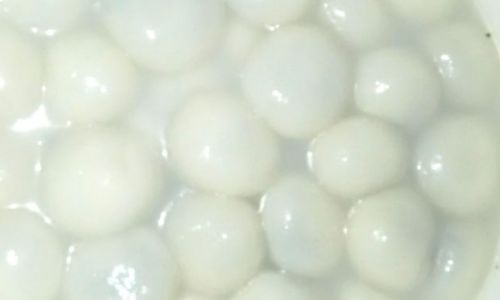
- Soup Toppings: Add them to a hot soup, such as a tomato-based soup or a hearty broth, for a unique and comforting dish.
- Dessert Parfait: Layer them with ice cream, fruit, and whipped cream for a delightful dessert parfait.
- Fried Delights: Lightly coat them in breadcrumbs or panko and fry until golden brown for a crispy outer shell and soft, chewy center.
- Pancakes: Incorporate them into pancake batter for a sweet and sticky twist on traditional pancakes.
- Stir-Fry: Add them to a stir-fry with vegetables and a light sauce for a savory meal.
Conclusion
Storing cooked glutinous rice balls doesn’t have to be a challenge. By following the proper steps for refrigeration and freezing, and using creative ideas for leftovers, you can enjoy these sweet treats anytime you want. Whether you’re preparing for a festival, a family gathering, or just a cozy night in, knowing how to store cooked glutinous rice balls will ensure you always have a delicious dessert at hand.
Remember, the key to successful storage is to cool them properly before refrigerating or freezing, use airtight containers to prevent drying out or freezer burn, and monitor them closely when reheating to maintain their texture and flavor. With these tips in mind, you can confidently make and store glutinous rice balls, knowing they will stay delicious for days or even months.
So, the next time you find yourself with leftover glutinous rice balls, don’t worry. With the right storage and reheating techniques, you can enjoy their sweet, chewy goodness whenever the mood strikes. Happy cooking and eating!
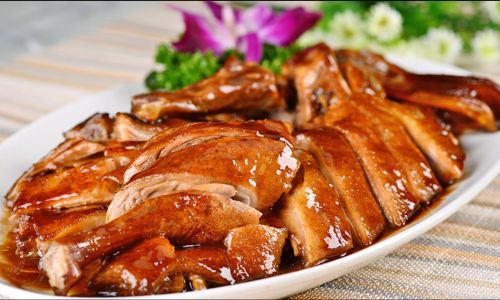
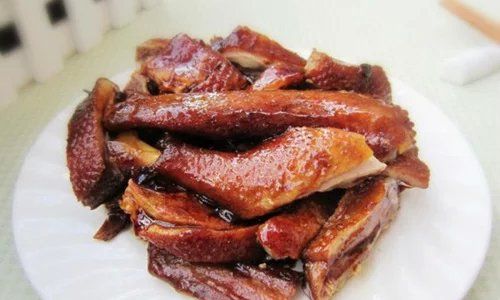
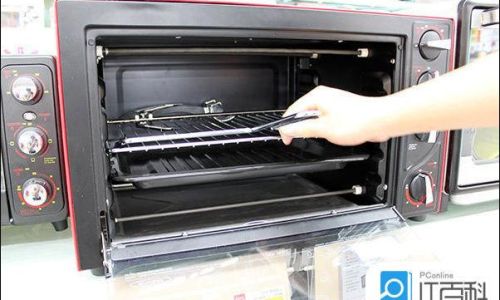

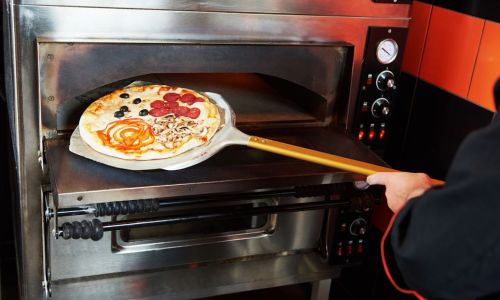
0 comments